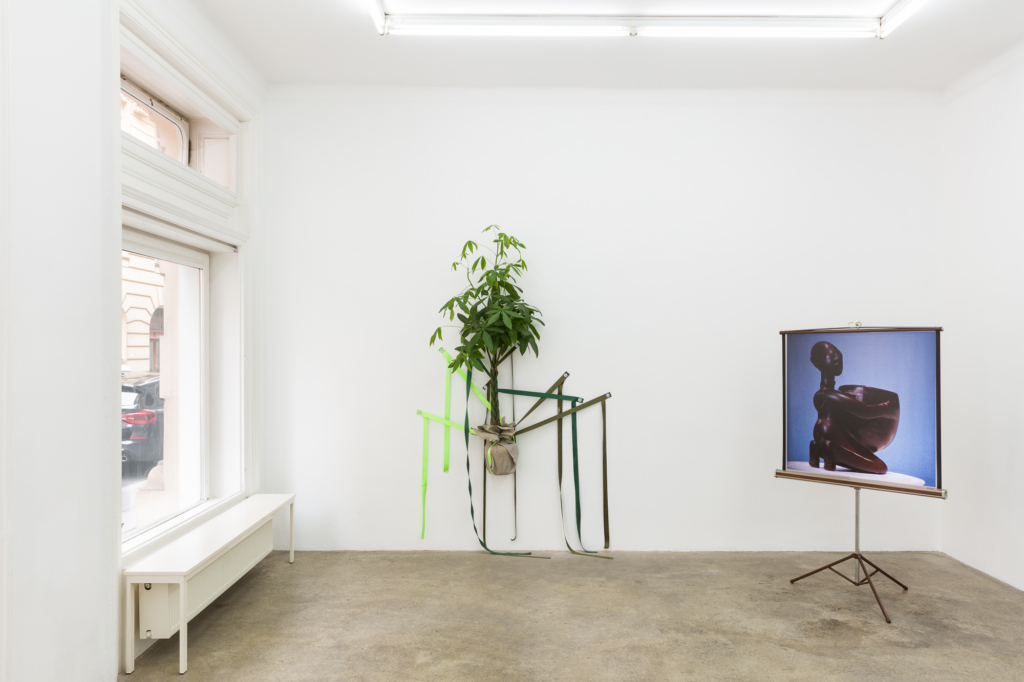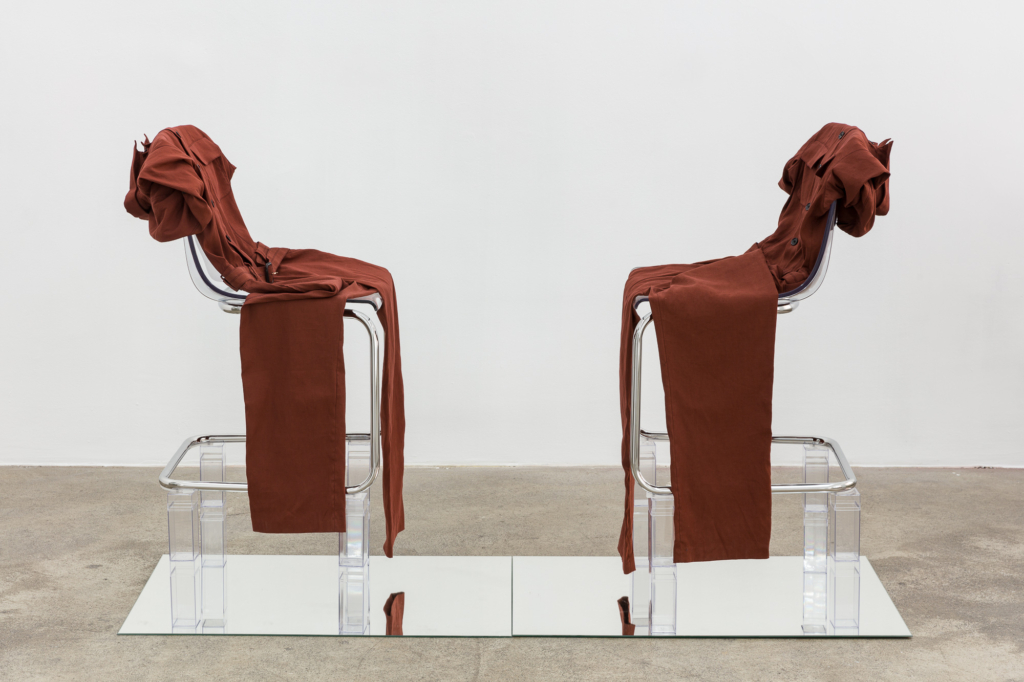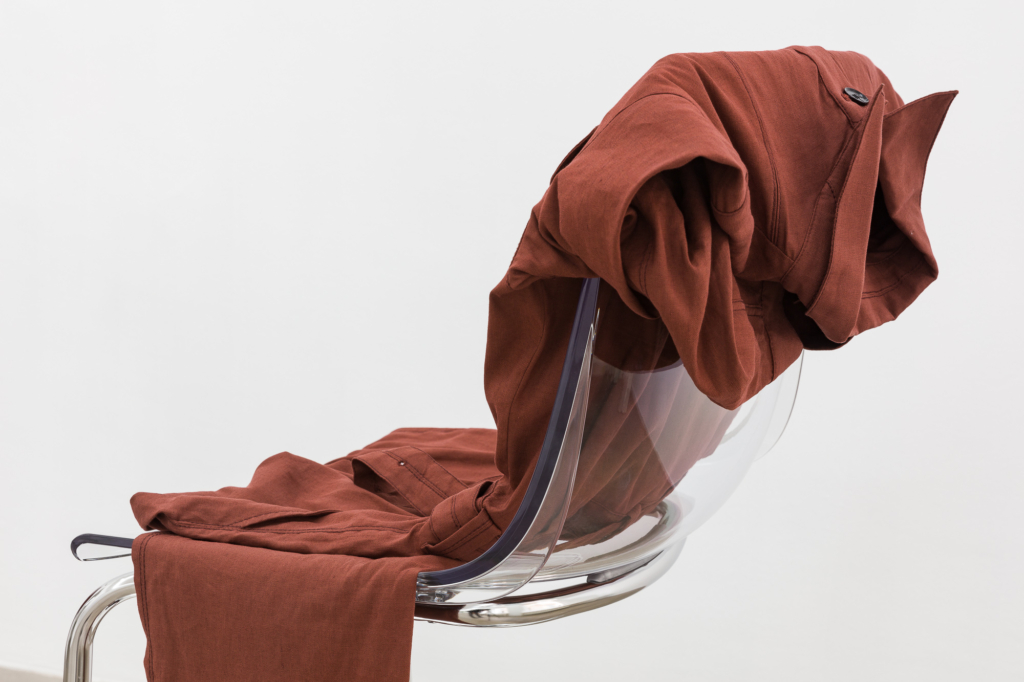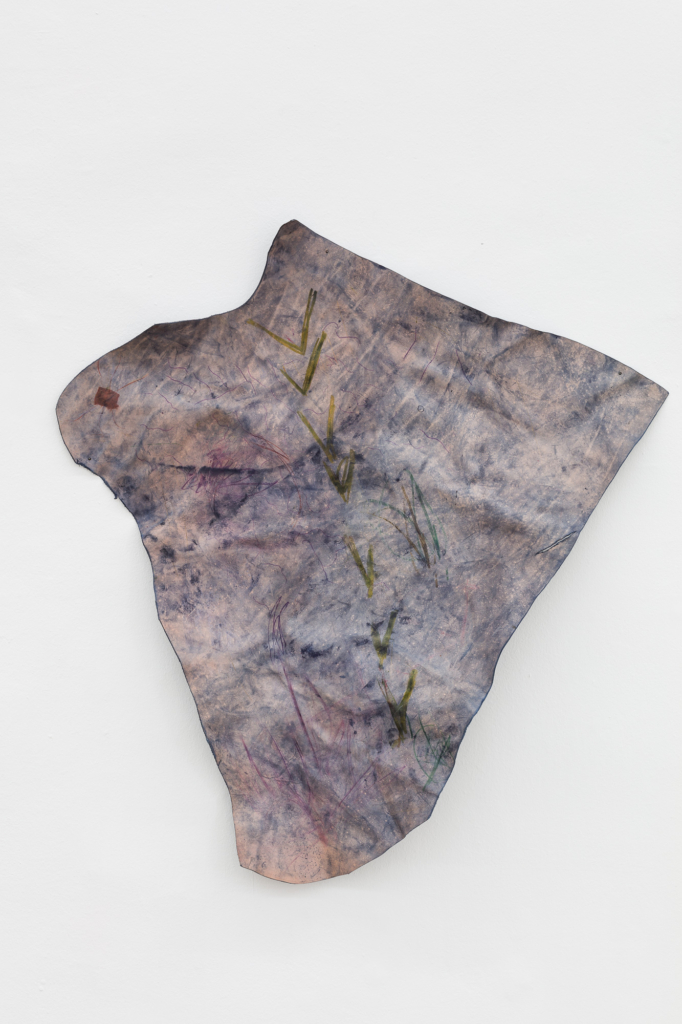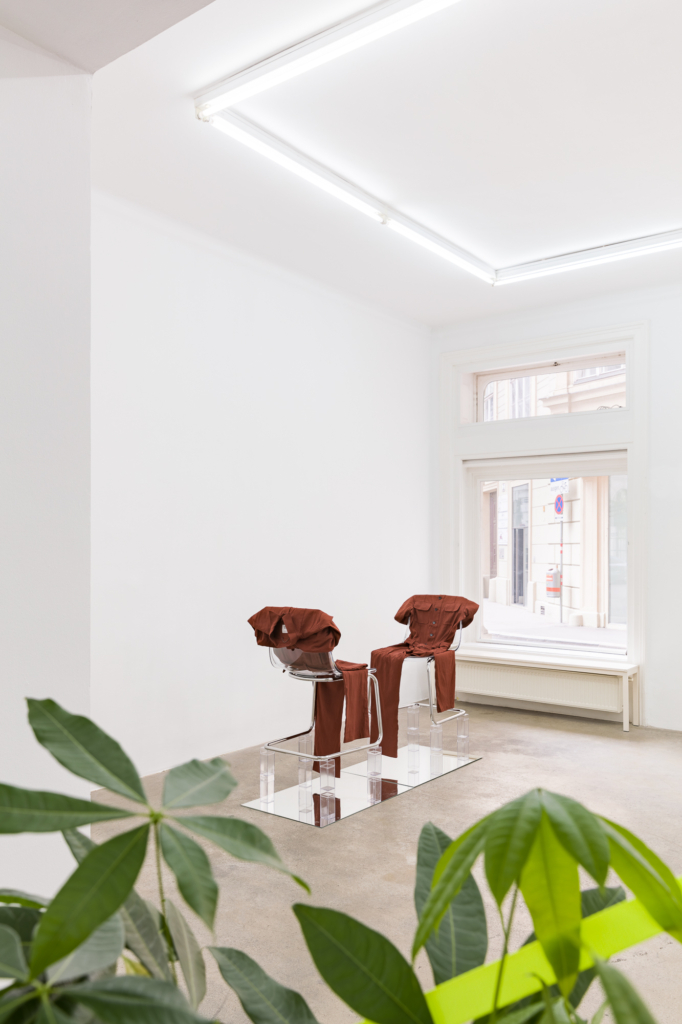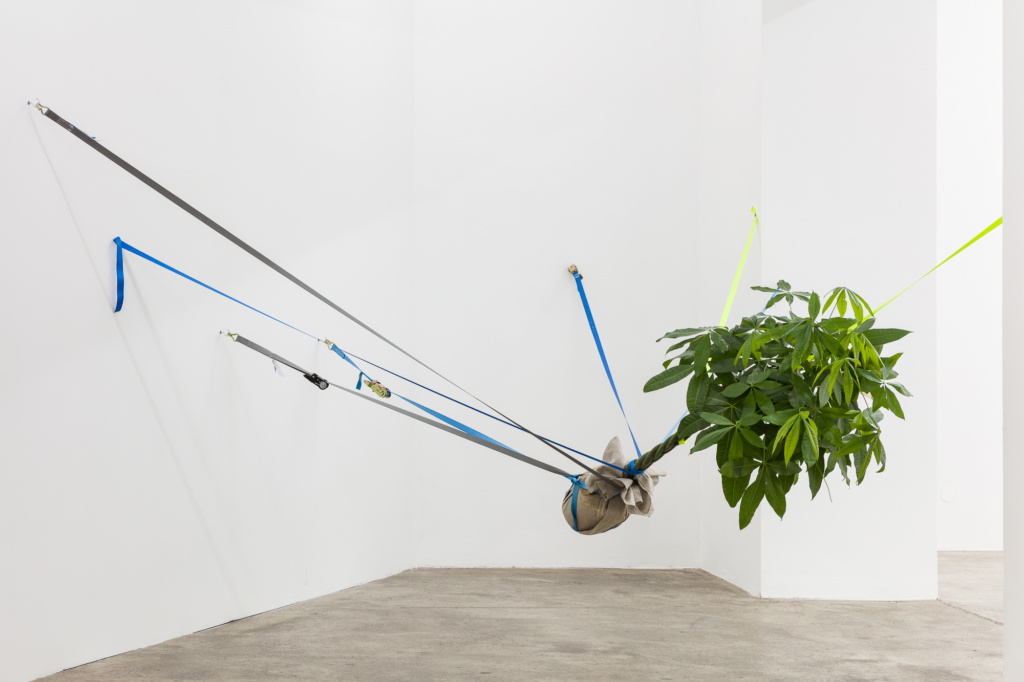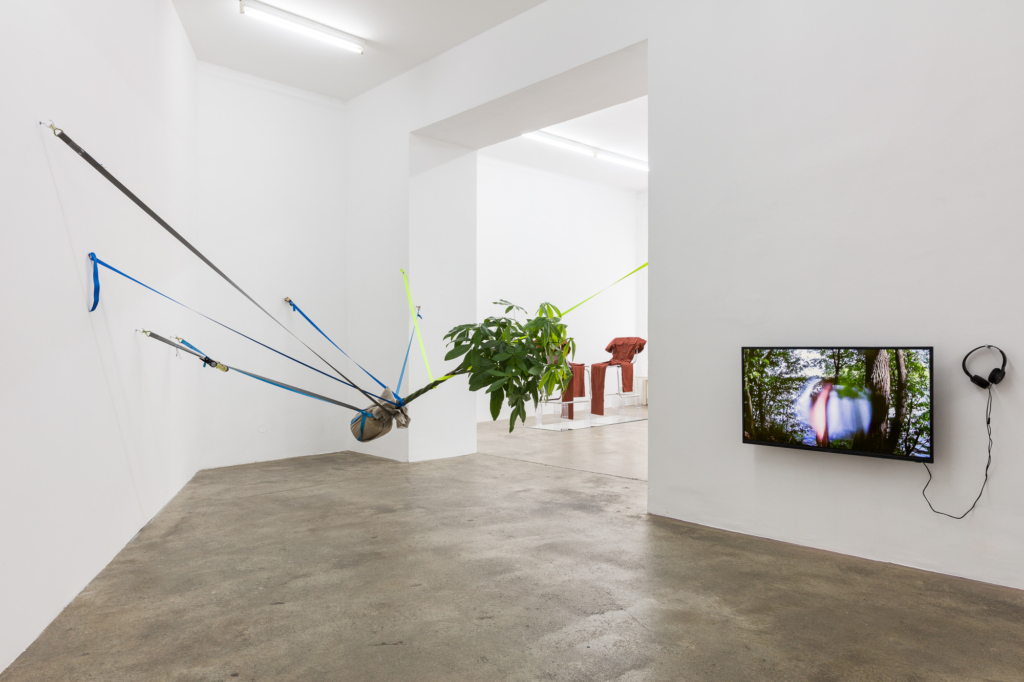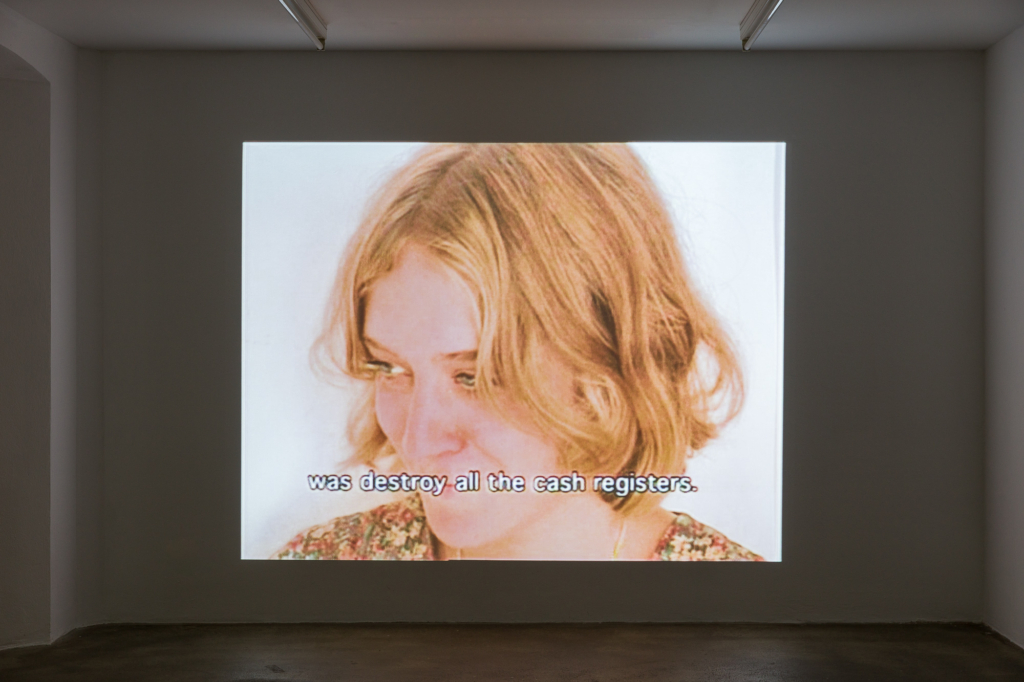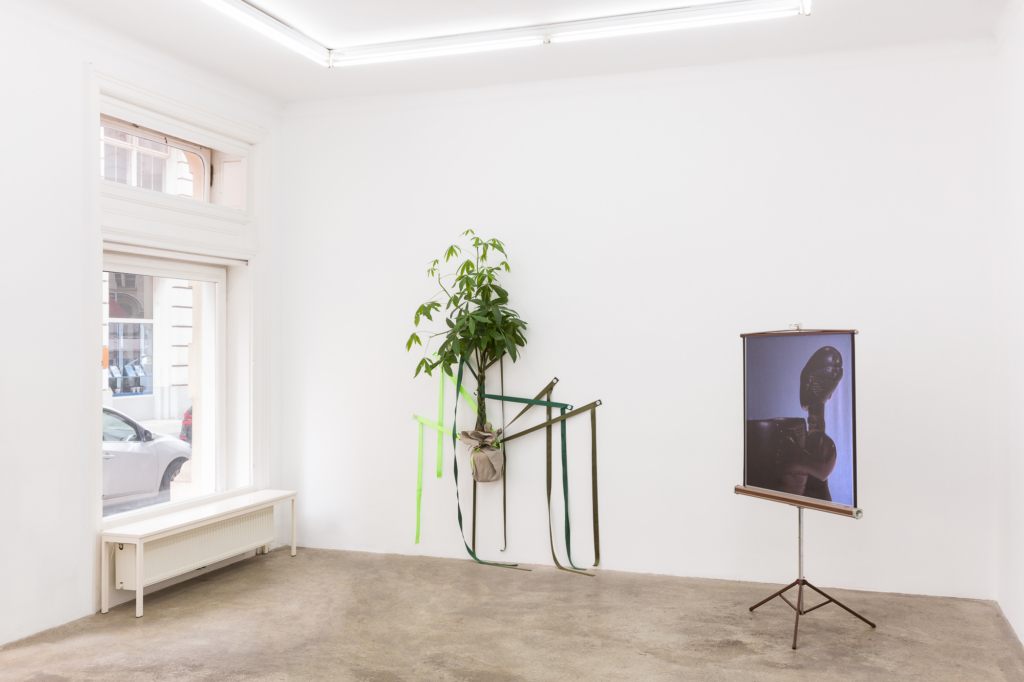Although traditional identity politics have historically been grounded in a politics of representation (in media, politics, and civic life), visibility carries a silent but growing ambivalence. Being present and identifiable has taken on a bitter taste in the hybrid age of state-sanctioned biometrics and identity-driven consumption in art, fashion, and politics. Identity-as-image, it’s become clear, is what drives not only consumer capitalism but the 21st-century police state. Navigating this perilous path of representation, people may suddenly find their personhood falsely equated or reduced to a singular image or “body“ – in particular, queer, brown, immigrant, protesting bodies – circulating in a market of fetishized or criminalized signifiers, of fixed meanings. “The common enemy is political representation, here defined as the state-sponsored ‘legitimising’ processes conducted by techniques of recognition standardisation,” Zach Blas writes in his essay “Queer Darkness” (2016). In this market, identity is inherently bound up in identification, and with it, the violences of legibility, locatability, classification, control. Identity is a form of enclosure.
What may it mean, then, to reject representation, to fail to show up, as “a body” or anything else? To be neither nor, to be only fragments, to be nothing at all? Get Rid of Yourself brings together artworks by four contemporary artists that in different ways address the critical possibilities of opacity, absence, and refusal. Through painting, sculpture, assemblage, and video, the artists question identitarian discourse by betraying its very own forms. Here, “proper” images of identity are replaced with ambiguous and ambivalent lifestyle objects, gestures on raw materials, and fragments of found moving images. By playing with confusion, hiding, double-meanings, and surfaces, these materials undo the easy flow of identitarian imagery and refuse to be reduced to any singular meaning.
The exhibition takes its name from the eponymous “anti-documentary” by the US art collective Bernadette Corporation from 2003, which will screen throughout the run of the exhibition. Combining footage of the intense anti-globalization protests by the Black Bloc anarchist group at the 2001 G-8 summit in Genoa with performances by actress Chloe Sevigny and painter Werner von Delmont, the disorienting video questions its own status and role as much as that of its subjects. Like the thick teargas and smoke that for a brief moment engulfed the historic center of Genoa at the beginning of this century, the exhibition is a speculative exercise in the critical potential of opacity in an era of multiple forms of identity warfare. Opacity, Glissant wrote long ago, does not mean “enclosure within an impenetrable autarchy but subsistence within an irreducible singularity:” it is that which cannot be reduced to any essence, which is the most perennial guarantee of participation and confluence.
